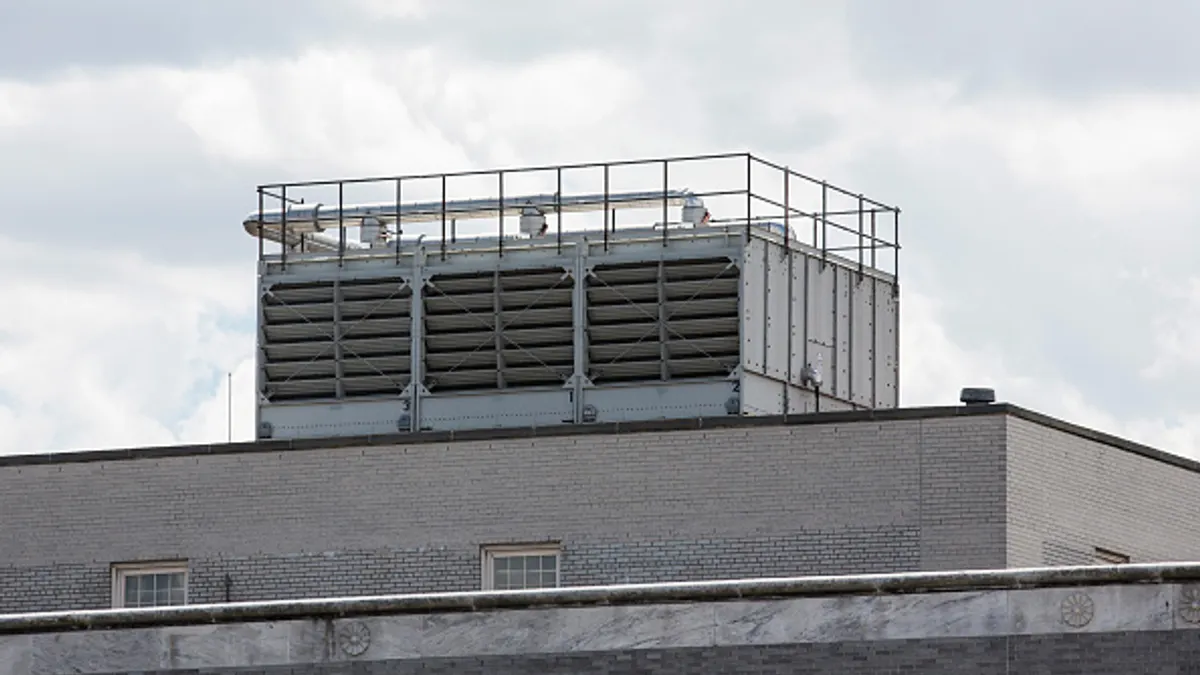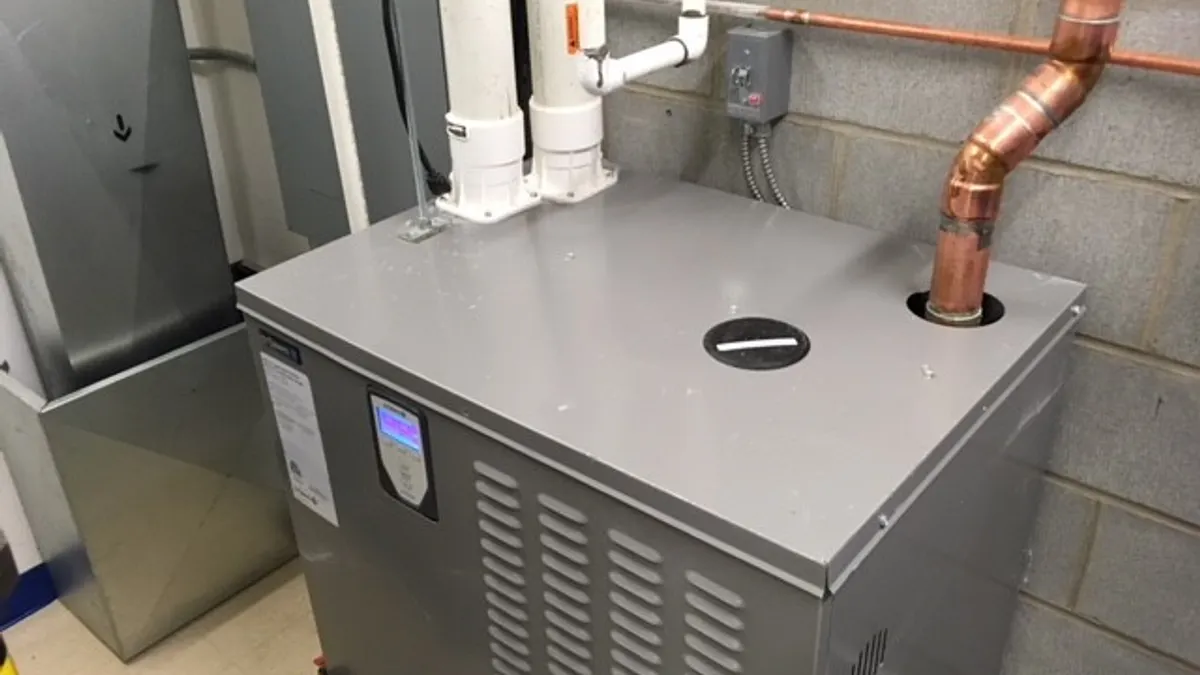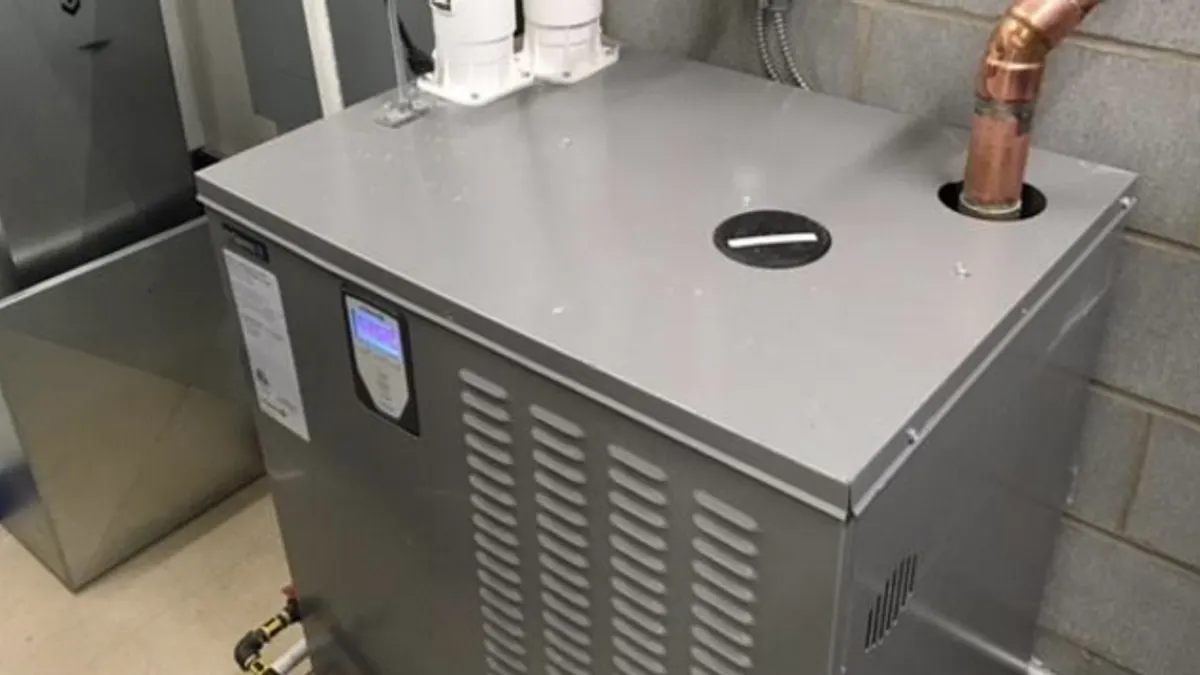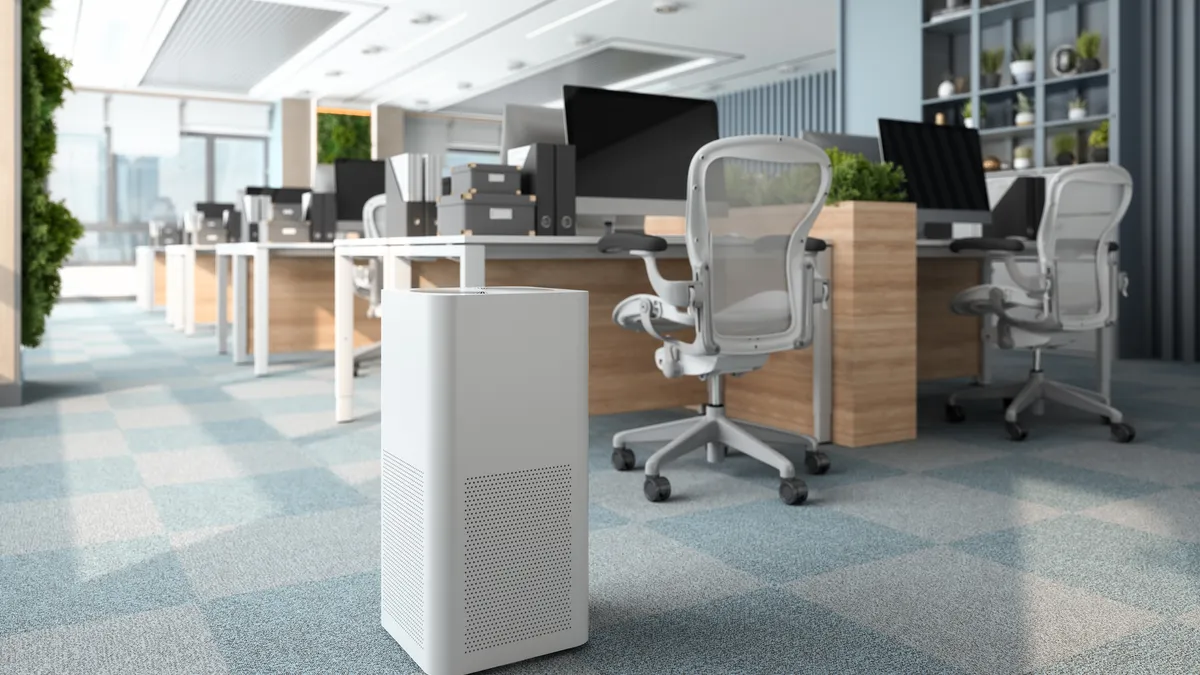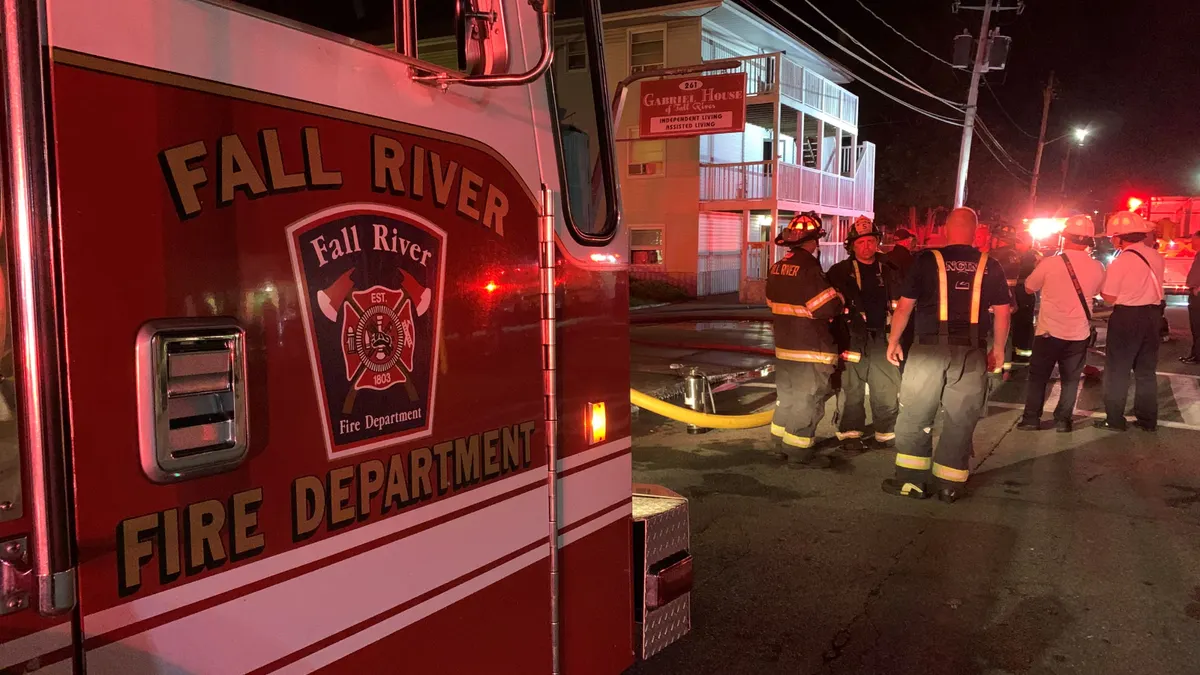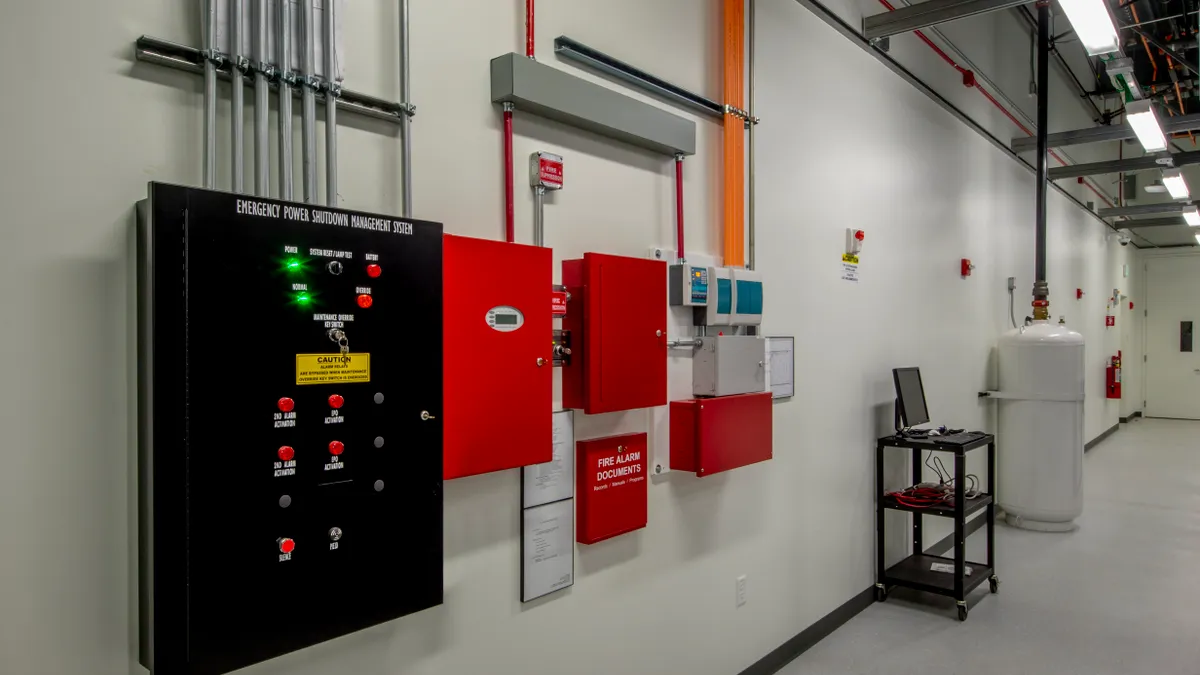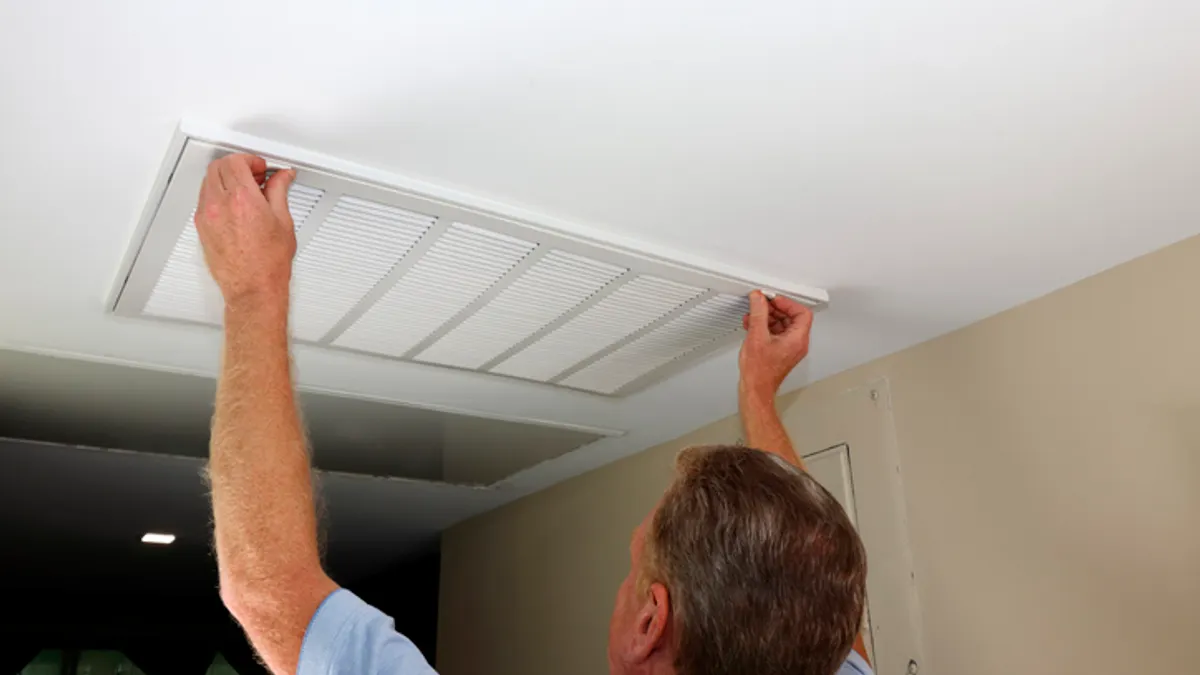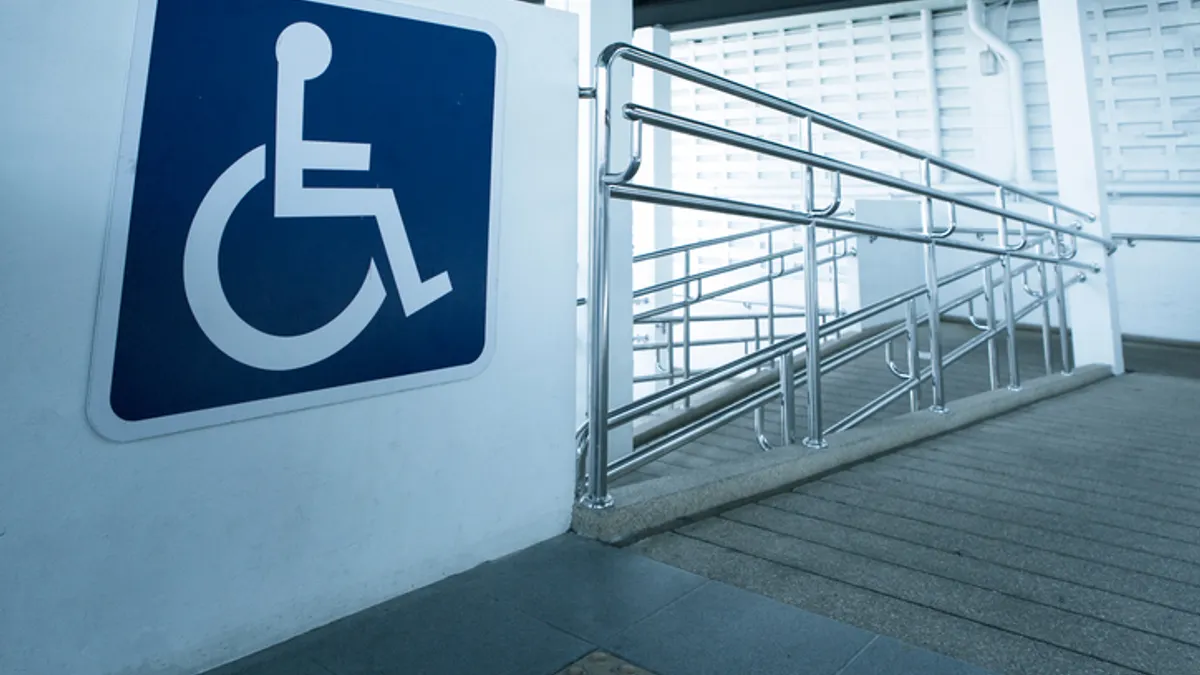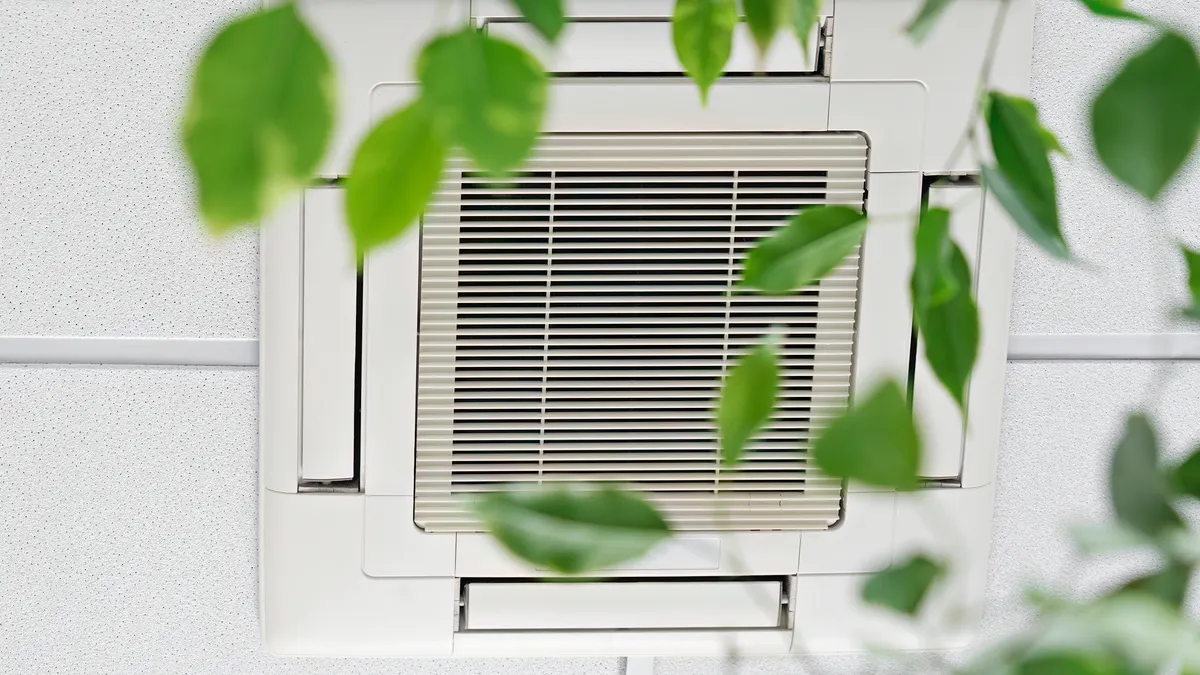When the late-July outbreak of Legionaires’ disease in New York City sickened some 80 people and claimed three lives, it put a spotlight on facility managers’ HVAC maintenance practices.
“The fact that there [are] failures is not terribly surprising,” Jean Grassman, an associate professor at the City University of New York Graduate School of Public Health, said in a USA Today report. “When you have really hot environments [and] you’re talking about … cooling systems, they’re not designed for this.”
The outbreak was likely caused by a cluster of commercial property cooling towers, New York City health officials said after they found high concentrations of Legionella bacteria, which causes the disease, in the vapor coming from the cooling towers.
“Eleven cooling towers with initial positive screening results [showed] the presence of Legionella pneumophila,” the New York City Health Department said in an update.
The Legionella bacteria occurs naturally in water but it isn’t typically a health issue until it becomes concentrated in favorable environments, like warm water. “Legionella can pose a health risk when it gets into building water systems,” the U.S. Center for Disease Control and Prevention says in an information sheet on the disease.
“Biofilm, favorable water temperatures, inadequate levels of disinfectant, scale and sediment, water stagnation, changes in water pressure and pH fluctuations” all go into creating the conditions for the bacteria to concentrate in water systems, the agency says.
Legionella thrives in water temperatures of 77 to 113 degrees Fahrenheit, Grassman told USA Today. “If buildings fail to properly maintain their cooling towers, the water can provide an environment for the bacteria to grow,” she said, according to a paraphrase of her remarks.
The CDC recommends maintaining an adequate level of disinfectant in water systems. How the water is filtered, heated and stored can affect the amount of disinfectant in the system, the agency says.
It recommends disinfecting using chlorine, chlorine dioxide or monochloramine. Maintaining a consistent water temperature is also important, the agency says.
“Legionella may grow at temperatures as low as 68°F (20°C), as well as at temperatures above 113°F,” the agency says. “In warm climates or near heat sources, water in cold water pipes may reach a temperature that allows Legionella growth.”
Since a 2015 outbreak that sickened almost 140 people and led to 16 deaths, New York City has required building operators to test their water systems at least once every three months, but the city hasn’t been consistent in enforcing that, according to a Gothamist report.
In 2017, the first year of inspections, the agency inspected 5,200 cooling towers and issued over 48,000 violations, the Gothamist report said. This year, the department has completed less than half that number. “And the number of violations this year is set to hit an all-time low,” the Gothamist said. “As of April, the department only issued 269.”
About 1,900 of the 4,928 registered cooling towers in New York City have not been inspected by the Department of Health and Mental Hygiene since 2023 and 85 have no record of inspection by the city, the Gothamist said.
“There is of course always more that we can do to advance our prevention efforts,” Acting Health Commissioner Michelle Morse told WNYC, according to the Gothamist report.
The American Society of Heating, Refrigerating and Air Conditioning Engineers has two resources for minimizing the potential for Legionella concentration in water infrastructure on its website. These include Standard 188, which establishes minimum risk management requirements for building water systems, and Guideline 12, which addresses common sources of exposure.
“Recent outbreaks highlight the ongoing need for vigilance in managing both public water distribution networks and building water systems, especially as many buildings operate under varying occupancy levels and our water utility infrastructure is aging,” the society said in a statement.



